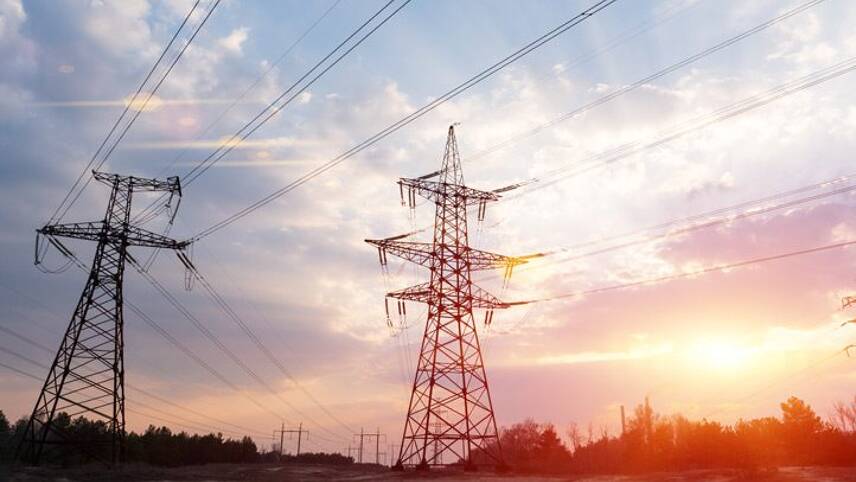Register for free and continue reading
Join our growing army of changemakers and get unlimited access to our premium content

Fossil fuel generation in the EU experienced a 19% drop last year.
That is according to environmental think-tank Ember’s recent ‘European Electricity Review’ report, which analyses full-year electricity generation and demand data for 2023 in all EU-27 countries.
According to the report, fossil fuel generation in the EU experienced a 19% drop last year, with coal hitting its lowest level ever at 333 terawatt-hours (TWh), comprising just 12% of the EU’s power.
Meanwhile, wind and solar power saw unprecedented growth, collectively reaching a record 27% of EU electricity generation. Renewables as a whole surged to a new high, constituting 44% of the EU’s power, with hydro power rebounding from 2022 lows.
The EU’s energy security plan, REPowerEU, forecasts that renewable sources will account for 72% of power generation by 2030, an increase from 44% in 2023. This shift is primarily propelled by the expected doubling of wind and solar energy, from 27% in 2023 to 55% in 2030.
Ember’s Europe programme director Sarah Brown said: “The EU’s power sector is in the middle of a monumental shift. Fossil fuels are playing a smaller role than ever as a system with wind and solar as its backbone comes into view.”
Alongside clean growth, declining electricity demand played a key role in reducing fossil fuel generation.
Electricity demand dropped by 3.4% (94 TWh) in 2023 compared to 2022, marking a 6.4% (-186 TWh) decrease from 2021 levels, primarily due to decreased industrial electricity consumption.
However, such a rapid decline in demand is not anticipated to continue as electrification efforts in the EU intensify. This could add pressure on critical system-wide enablers for renewables, including grids, storage and demand-side response mechanisms.
EU grid challenges: Following the UK’s lead
Grids, comprising interconnectors, transmission grids and distribution networks, are essential for effectively integrating growing wind and solar energy capacities into the power system.
Current challenges in grid connections include prolonged queues, with network reinforcement taking five to ten years, and offshore wind farms waiting up to a decade for grid connections.
Spain, Italy, and France collectively have nearly 200 gigawatts (GW) of projects awaiting grid connection, with a similar challenge at hand in Eastern Europe, particularly in Poland and Romania.
Ember suggests that the EU could take cues from the UK, where energy regulator Ofgem has recently introduced new rules to accelerate electricity grid connections for viable projects while filtering out speculative and unfeasible ones from the queue.
These changes form part of a broader review of planning policies and processes for renewable energy, undertaken by the UK Government in partnership with the likes of Ofgem and the National Infrastructure Commission (NIC).
Demand-side management
Additionally, while storage facilitates transferring supply to high-demand periods, demand-side management allows shifting non-critical consumption during grid constraints, offering consumers greater control.
The report underscores the UK’s effective demand-side flexibility as a model for the EU to enhance system resilience.
The Centre for Net-Zero projects that by 2030, the UK must increase demand flexibility from the current 6GW to 20-30GW.
From November 2022 to March 2023, the National Grid ESO implemented its Demand Flexibility Service, prompting electricity suppliers to request customers to reduce consumption during specified hours.
Households were incentivised with payments ranging from £2 per kilowatt-hour (kWh) to £4/kWh, significantly higher than the standard electricity unit price.
This initiative successfully shifted 2.9 gigawatt-hour (GWh) of electricity demand away from peak periods, enabling consumer action to meet 100% of grid requirements during times of high demand, thereby reducing strain and emissions.
SolarPower Europe’s chief executive officer Walburga Hemetsberger said: “We can’t afford to be complacent about growth. Policymakers and system operators must work to ensure that the grid is ready.”


Please login or Register to leave a comment.